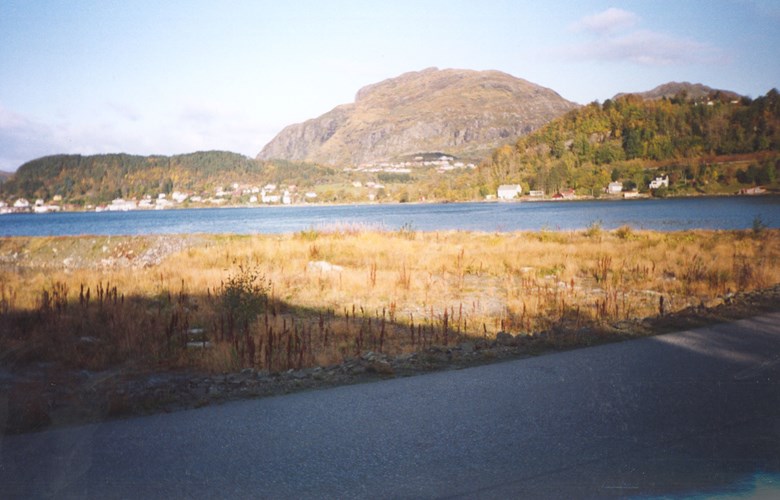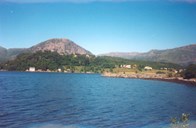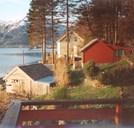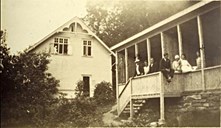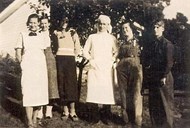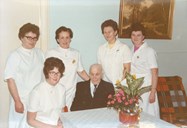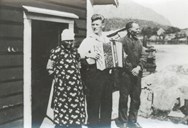The fight against an epidemic disease
Tuberculosis, or "consumption", which this disease was called, spread rapidly during the 1800s. Increased urbanisation and denser populations exposed people to the infection. Around 1900, the disease caused one in every five deaths. Between 1901 and 1950 180 000 people died of tuberculosis.
Only in 1947 did effective medicines against tuberculosis come on the market. Before that time "curing" was the common treatment. The sick people were told to eat healthy food, rest, and get plenty of fresh air, by the sea or in the mountains. Gradually a number of special hospitals, sanatoriums, for tuberculosis patients were built.
Unsatisfactory building process
In 1909, the question of special homes for tuberculosis patients in the county of Sogn og Fjordane was raised. In accordance with a recommendation from a committee, the "amtsutvalet" (aldermen) of the county council decided to build four such homes, two in the Sogn district, one in Nordfjord, and one in Sunnfjord. Askvoll was chosen as the location for the Sunnfjord home. The building was started soon, and was finished in 1913. It turned out, however, that the communication between the builder and the building committee, where doctors also were members, had failed. There were no rest hall or assembly room, and the isolation between the tuberculosis patients and other patients was defective. Therefore, much extra work had to be done before the building could serve its purpose.
Life at an institution
The rest hall at Ask was called "Kuren" (the Cure), being a separate building with a slanting roof and an opening toward the south. There the patients rested in the open to get sunshine and fresh air. They also had an activity room in the basement, where they made baskets, etc., which were sold in the neighbourhood. The sanatorium kept poultry and had a rowboat, so the patients could catch fish. Milk was bought at the nearest farms. The municipal doctor at Askvoll came on regular visits. For operations the patients were sent to the sanatorium at Luster in Sogn. In addition to tuberculosis, other diseases were also treated at the sanatorium.
From sanatorium to nursing home
Owing to the effective medicines after the Second World War, the need for special sanatoriums for tuberculosis patients subsided. In 1954, the county closed the sanatorium at Ask. The municipality of Askvoll took over the buildings and used it as a municipal nursing home until 1977. Since then the main building has been rented to families.

